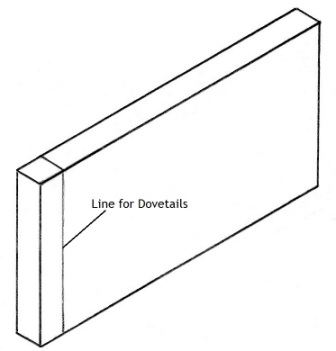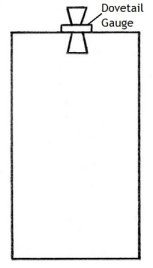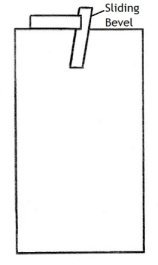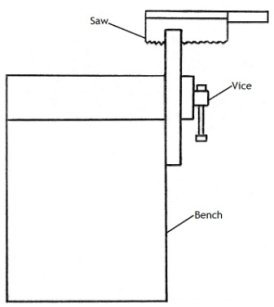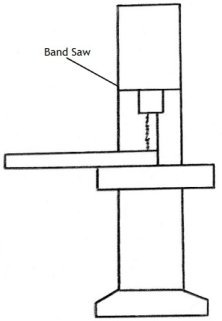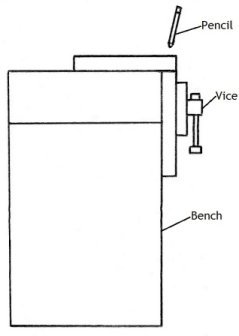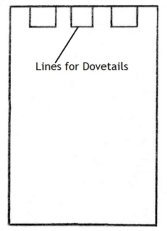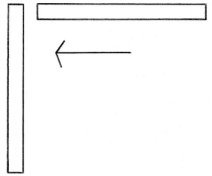| Home & Contact |
|
||||||||||||||||||
|---|---|---|---|---|---|---|---|---|---|---|---|---|---|---|---|---|---|---|---|
| Home Contact Me |
|||||||||||||||||||
| Timber | |||||||||||||||||||
| Solid Timber Particle Board Plywood MDF Veneer |
|||||||||||||||||||
| Joints | |||||||||||||||||||
| Butt Mitre Rebate Housing Halving Dowel Biscuit Dovetail Mortise and Tenon Bridle Tongue and Groove |
|||||||||||||||||||
| Finishes | |||||||||||||||||||
| Stains Oils Wax Acrylic Polyurethane |
|||||||||||||||||||
| Adhesives | |||||||||||||||||||
| PVA Epoxy Polyurethane Contact Adhesive |
|||||||||||||||||||
| Components | |||||||||||||||||||
| Nails Screws Hinges |
|||||||||||||||||||
| Tools | |||||||||||||||||||
| Hand Tools Power Tools Machinery |
|||||||||||||||||||
| Facts and Tips | |||||||||||||||||||
| Hardwood Softwood Seasoning Wood Layers Woodwork Tips |
Copyright © 2010 - 2019 woodworkbasics.com. All Rights Reserved.
Best Viewed in Screen Resolution 1280 × 720 or Higher
